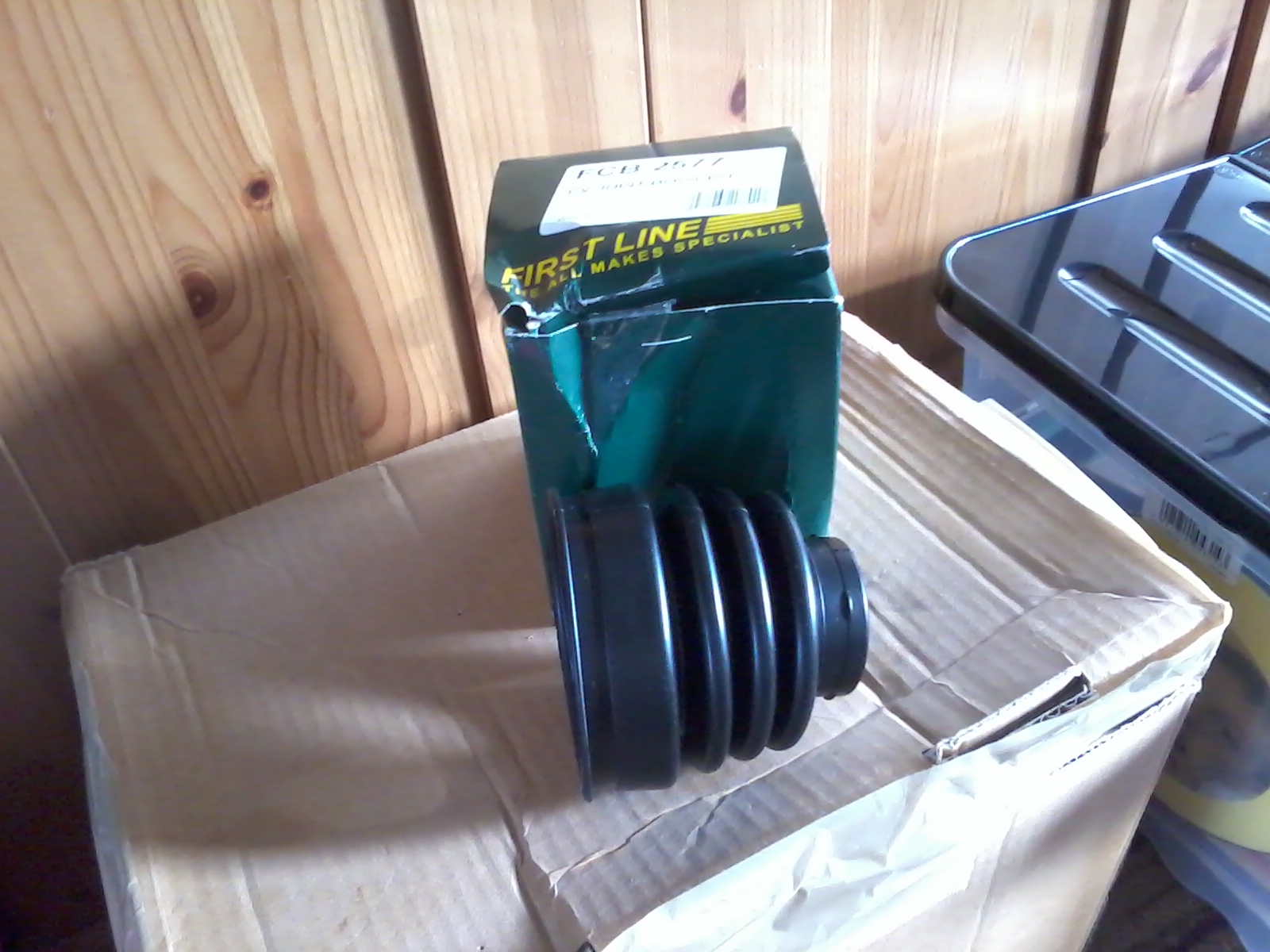Thanks for all your input people,the part finally came at 3.30pm (morning delivery my arse!) and i just managed to get over to my friends workshop for 4,after a lot of mickey taking along the lines of "4 oclock,on a friday?!!" he then started the job and it was finished in an hour
while it was up in the air saw some rot behind the rear subframe mounts? (behind the doors,between door and wheel arch,a bit on one sill,and rear seatbelt mounts. will these be a big job to do?
Just thinking that if i can i would much rather try and keep the old girl on the road rather than let it become another victim to the bangernomics theory of use till the mot runs out then throw it away and get another
Only other things i need to sort out is i think the front left caliper is sticking on a bit,as the wheel was getting hot,think ive freed up the rear self adjusters following my garages tip of reversing up to 10-15 mph then stamping the brakes on a few times. Sump will need changing soon but ive patched it up again for now.
Hoping if i can get the brakes ok then i can actually just use the thing,get to know it,hopefully get to love it,then steadily improve it
Glad you go the driveshaft sorted


